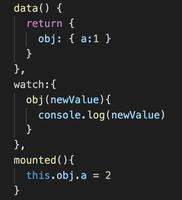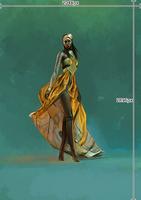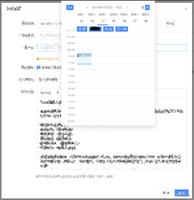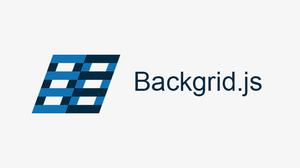如何在React.js中传递项目数组
const ListItem = React.createClass({ render: function() {
return <li > {
this.props.item
} < /li>;
}
});
const ToDoList = React.createClass({
render: function() {
const todoItems = this.props.items.map(item => {
return <ListItem item = {
item
} > < /ListItem>
})
return ( <
ul > {
todoItems
} < /ul>
);
}
});
//creating a basic component with no data, just a render function
const MyApp = React.createClass({
render: function() {
return ( <
div className = "well" >
<
h1 > Hello < /h1> <
ToDoList > < /ToDoList> <
/div>
);
}
});
//insert the component into the DOM
ReactDOM.render( < MyApp / > , document.getElementById('container'));
<
div id = "container" > < /div>
<script src="https://cdnjs.cloudflare.com/ajax/libs/react/15.1.0/react.min.js"></script>
<script src="https://cdnjs.cloudflare.com/ajax/libs/react/15.1.0/react-dom.min.js"></script>
<div id="container"></div>
一个ReactJs教程说:
如果要使它成为真正可扩展的列表,则可以创建一个项目数组,然后将它们通过ToDoList组件传递到props中,然后渲染每个项目。现在开始吧。
如何在上面的代码中传递项目数组?
回答:
数据可以通过道具传递到组件。
https://facebook.github.io/react/tutorial/tutorial.html#passing-data-through-
props
在您的情况下,道具可以通过在组件内部访问this.props。
<TodoList />需要一个称为项的道具,它是一个数组。在内部,<TodoList />您可以映射该数组并返回元素。
例如,在您的类的render方法中,您将返回带有道具的TodoList:
const myItems = [{ name: 'item 1' }, { name: 'item2' }];function MyApp() {
return (
<TodoList items={myItems} />
);
}
然后在TodoList中映射项目
function TodoList({ items }) { return items.map(item => (
<h1>{item.name}</h1>
));
}
以上是 如何在React.js中传递项目数组 的全部内容, 来源链接: utcz.com/qa/408419.html









